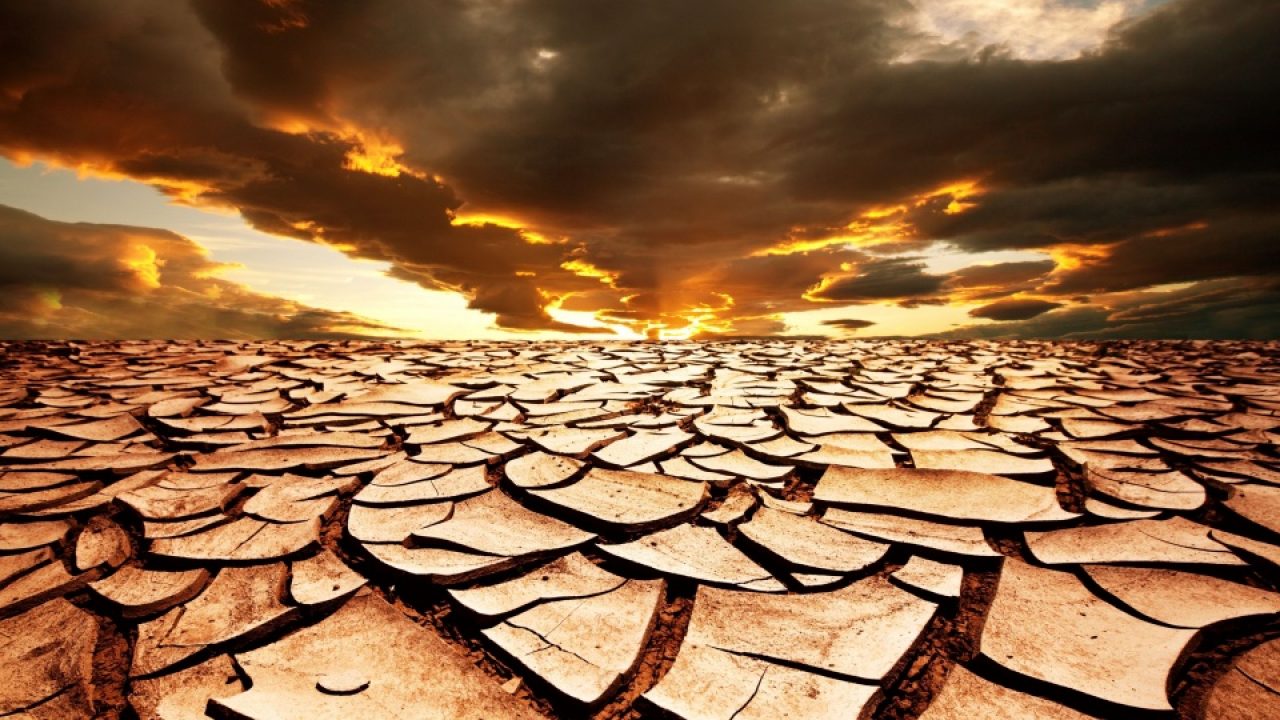A new satellite image of Turkey’s Lake Tuz is gorgeous—and, if you know more about what it’s portraying, worrying. The stunning capture from the European Space Agency’s Sentinel-2 satellite shows Turkey’s second-largest lake has completely dried up this year, exposing a haunting expanse of salt.
While Lake Tuz, one of the world’s largest saltwater lakes, normally grows and recedes with the seasons—it’s how the salt in the lake is created—it’s been getting smaller and smaller each year. That’s thanks to less and less water entering the lake, a side effect of climate change as well as increased agriculture.
The image above, processed by the EU Copernicus Program, shows the state of Lake Tuz in its currently desiccated state. But before and after imagery really puts the dramatic transformation in context. The gif below uses the same Sentinel-2 satellite to show the lake in January of this year, when rain and snowmelt filled it to a beautiful light blue. Compare that to a stark image pulled from October 30, where the lake is almost entirely a snow-white expanse of salt.
Salt lakes like Lake Tuz are formed when a lakebed has no way for water that flows in to get out. The water, which carries salt and other minerals, flows into the lake via rivers and streams. It then eventually evaporates, leaving those substances behind. For Lake Tuz, water from rain and snowmelt flows into the lake in the spring, filling in the lake. It’s a fairly shallow lake, with water depths of around 3 feet (1 meter). But much of that water evaporates by summer, leaving a 3-inch (8-centimeter) layer of salt in its wake.
All that residue also creates a major industry on Lake Tuz: salt mining. With an estimated 250 million tons of salt reserves, the lake is one of the saltiest in the world. One industry website puts the percentage of salt in the lake at more than 32%. The lake provides 60% of the salt used in Turkey, with the rest exported to more than 60 countries.
Those salt deposits depend on replenishment from water coming into the lake. But Tuz has been shrinking in recent years. This appears to be caused by a double whammy of climate change and drought affecting water supply, as well as increased agriculture and industry stress that diverts much of the water before it can even reach the lake. A study conducted in 2007 found that Lake Tuz is now half the size it was 40 years ago.
The drought has had serious impacts on the lake’s wildlife. Lake Tuz, which is on the list to be considered a UNESCO World Heritage Site, provides valuable habitat for multiple species of birds, including an iconic population of flamingoes. This summer, the government estimated that 1,000 young birds died due to low water levels, while environmentalists say just 5,000 birds hatched, compared to more than 12,000 in 2018.
gizmodo.com
